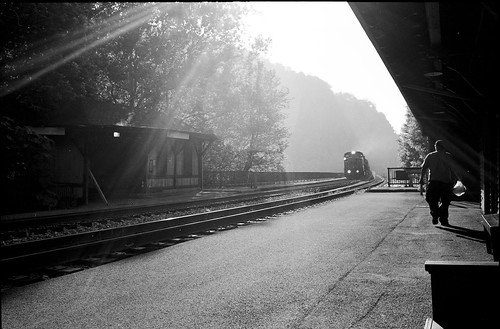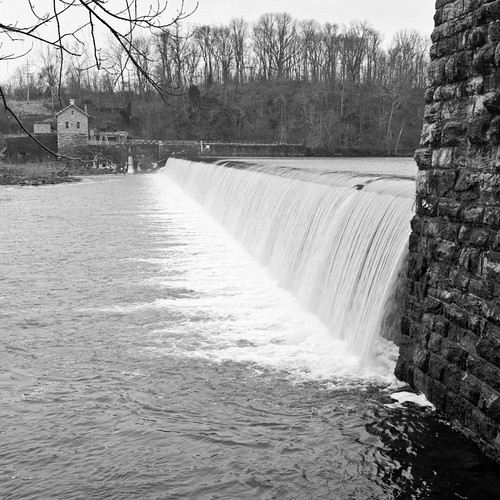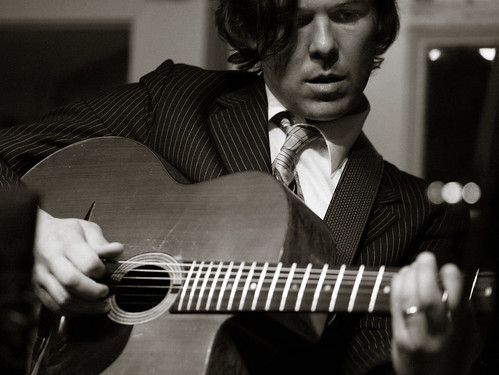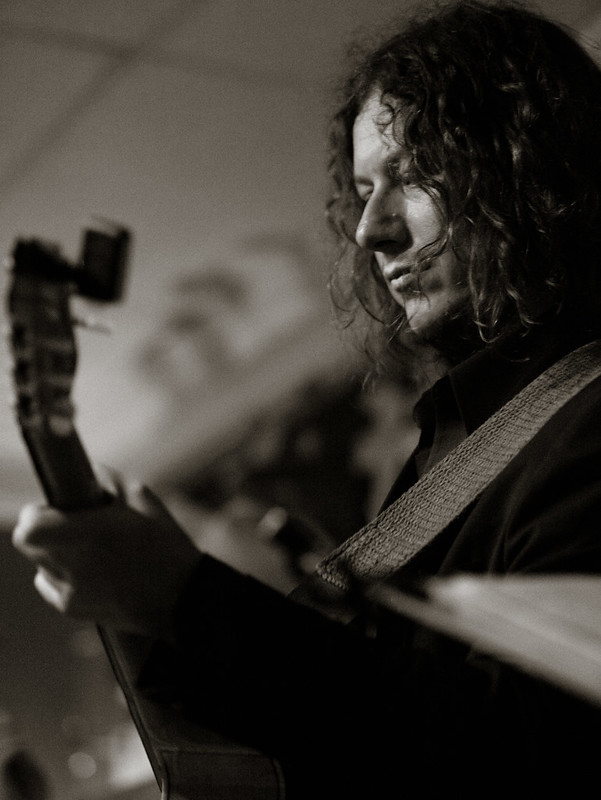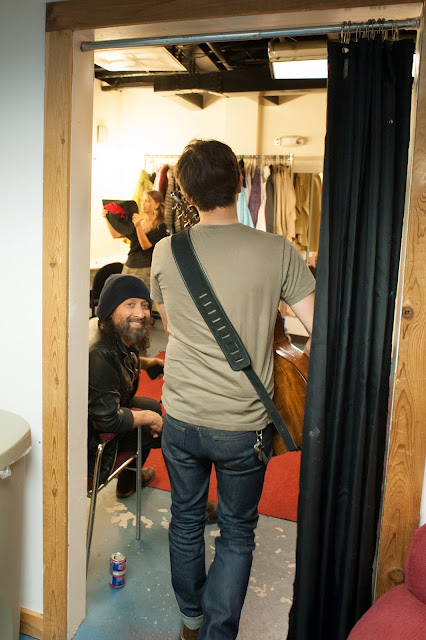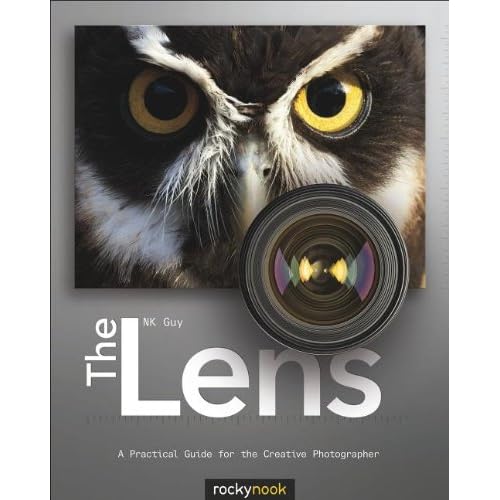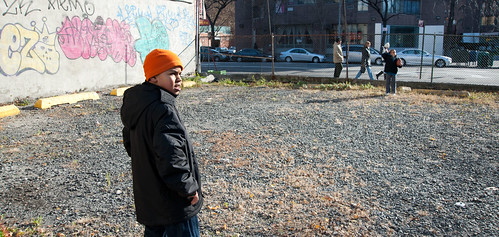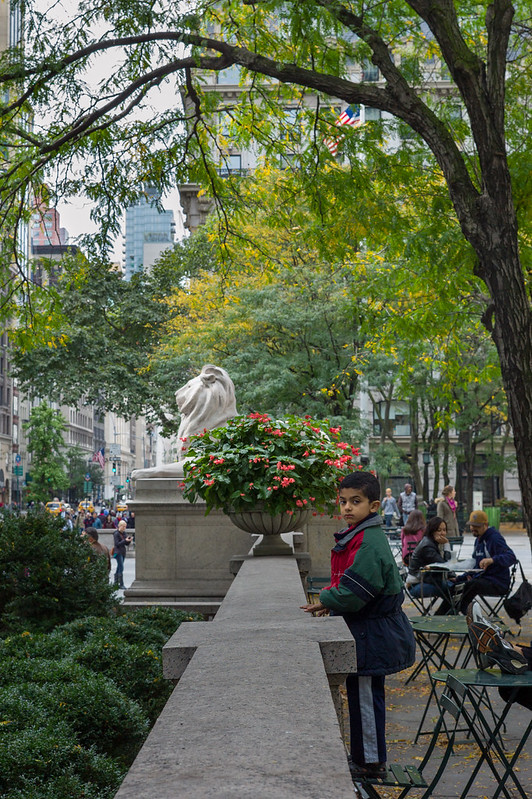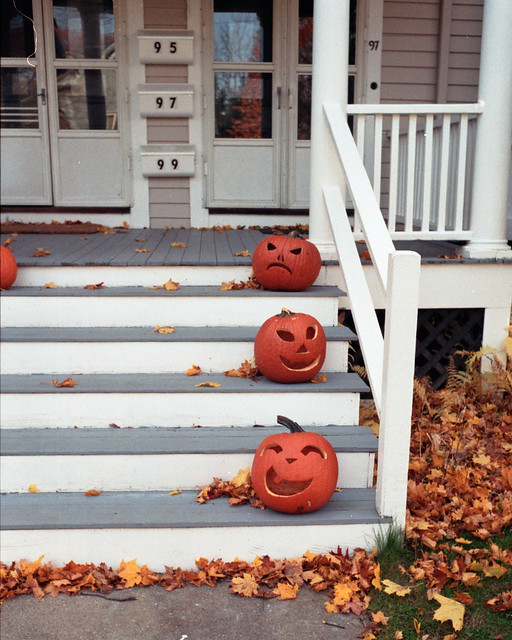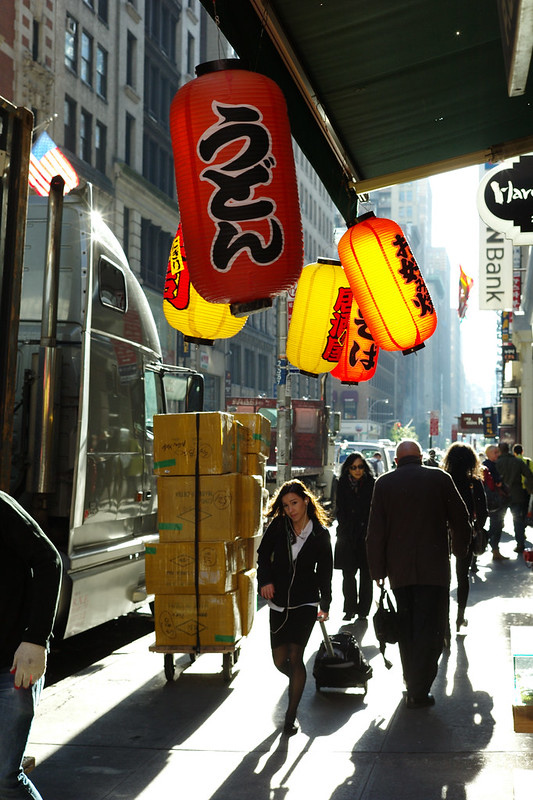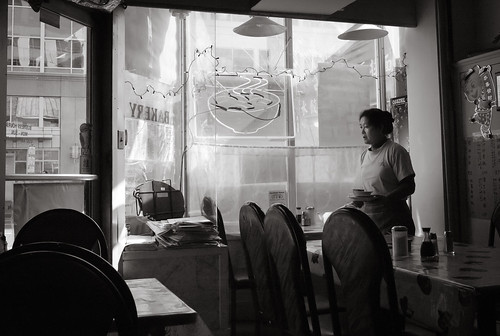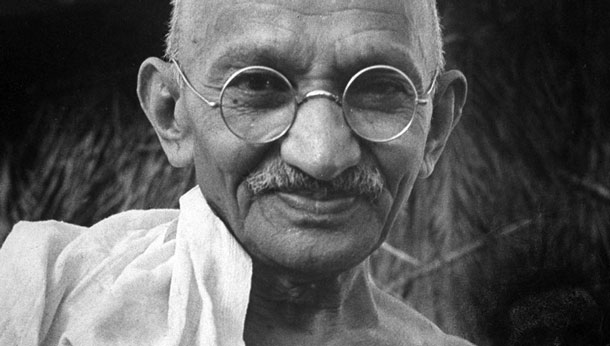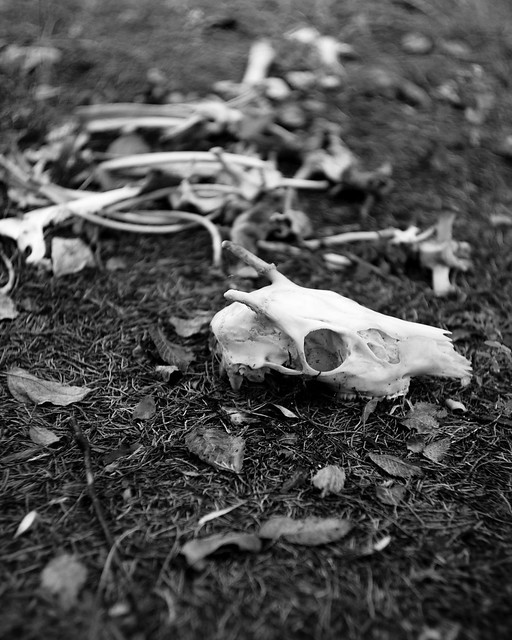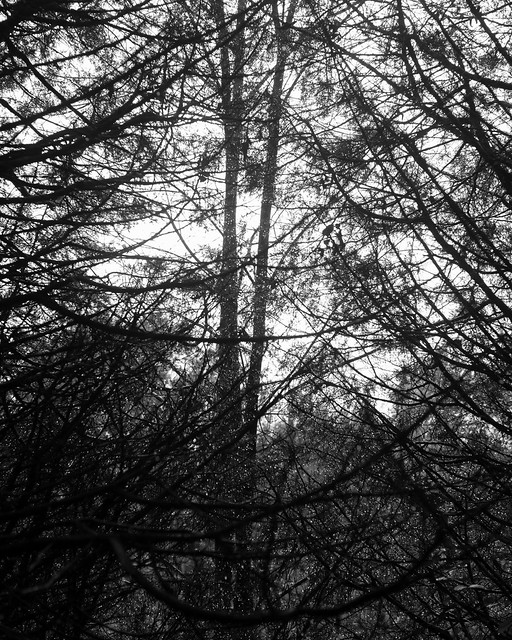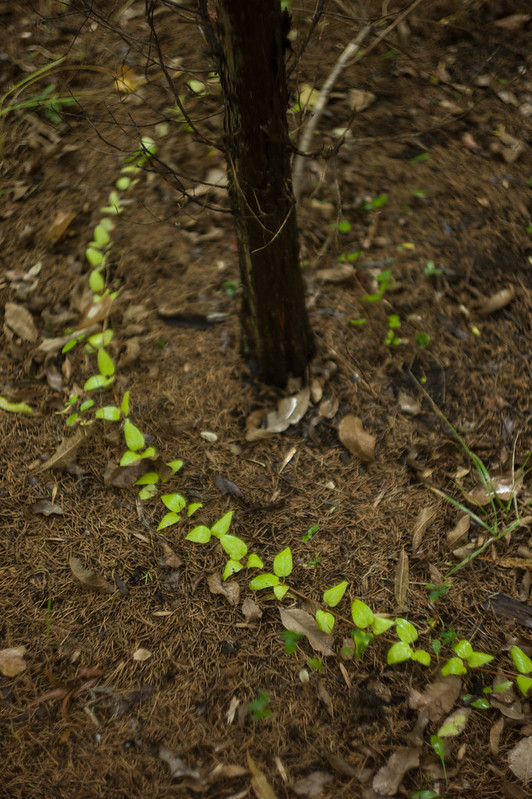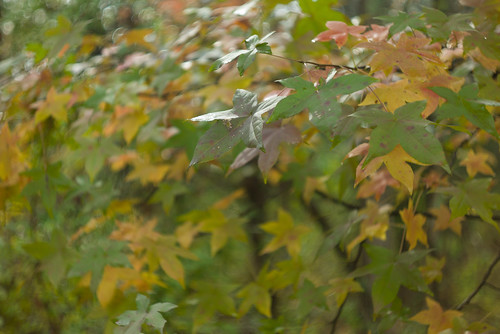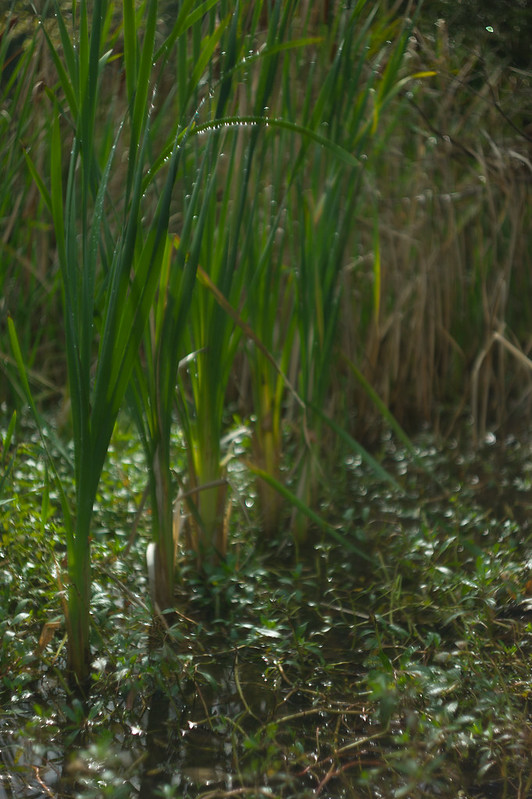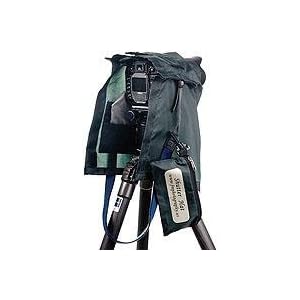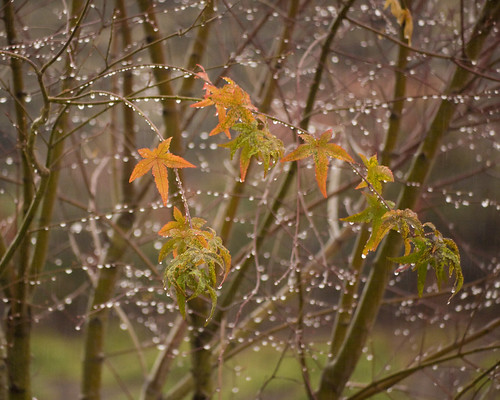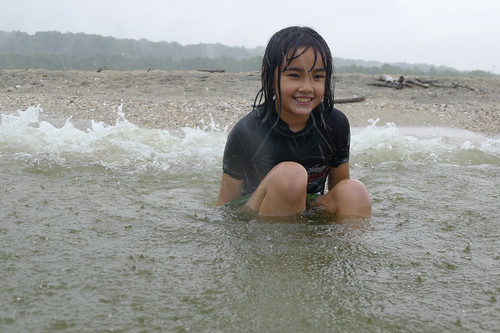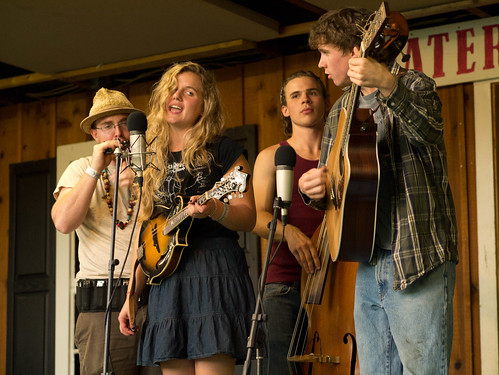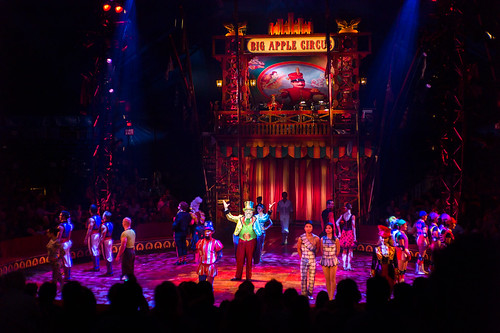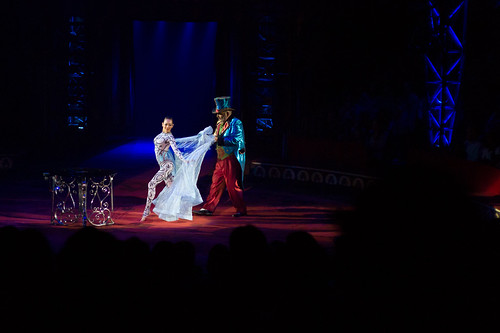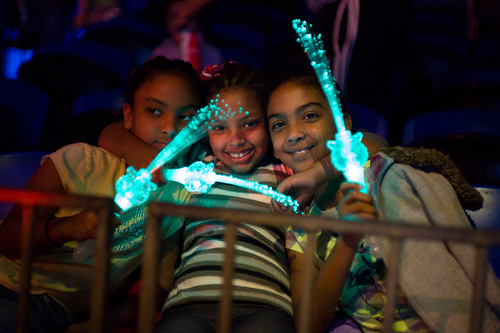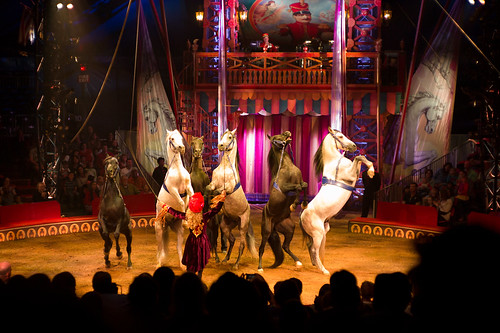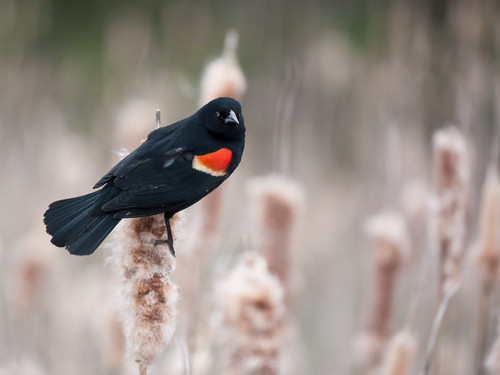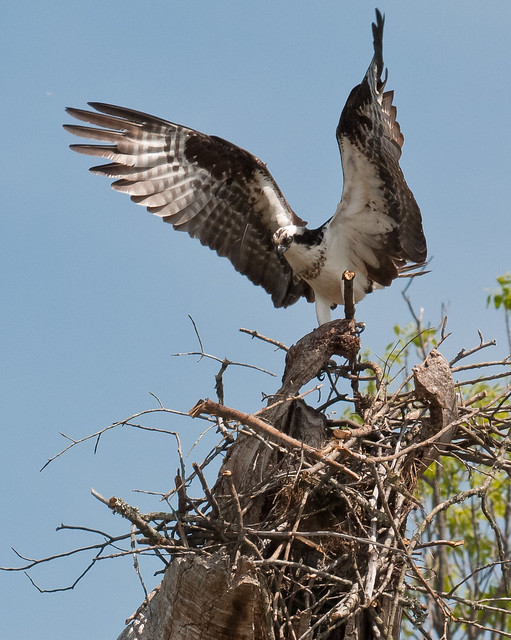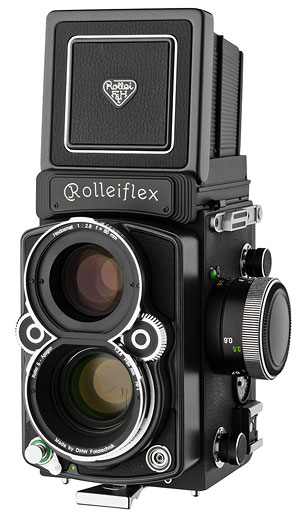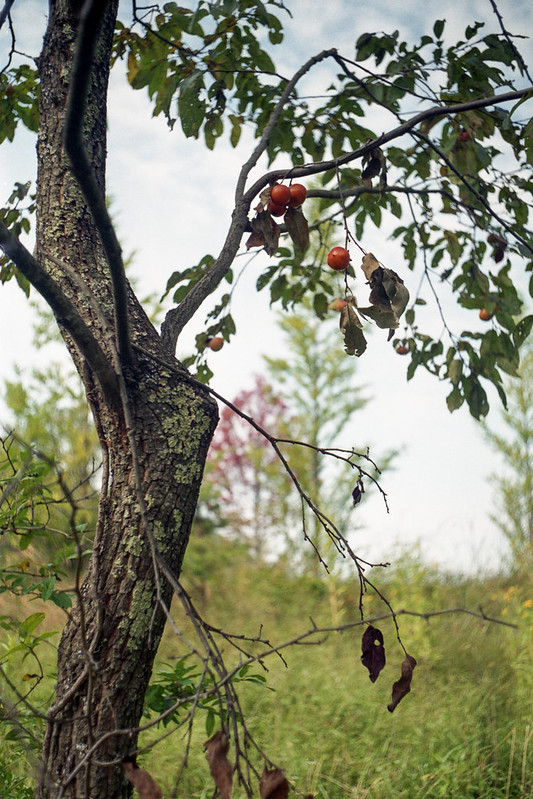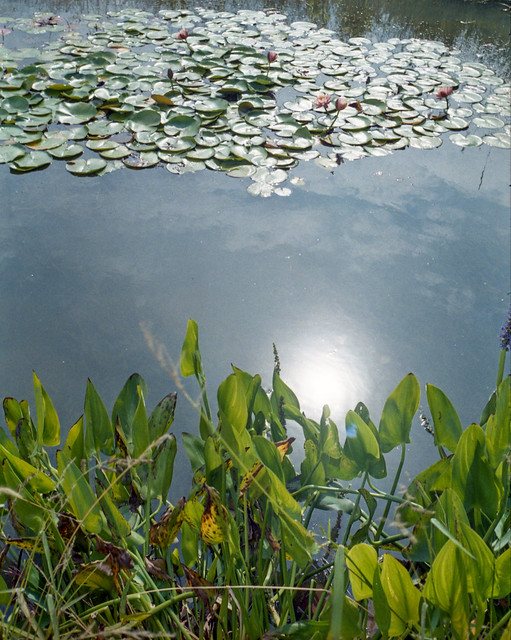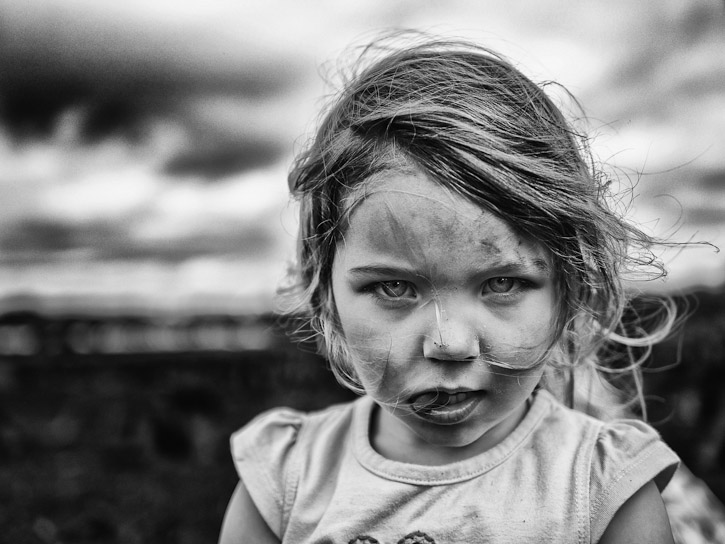Well, my Leica M8 has been up for sale for a couple of weeks now, and to no avail. It's amazing that I can't sell such a nice camera, complete with one year warranty from Leica. So, I'm rethinking the idea of keeping it as a companion to my M9.
I am on the bus as I write this, coming home from a weekend in New York City, where I got to shoot the M9 quite a bit. Here's an example of a street shot I got with the M9 and 50mm Summicron f2:
Koreatown, New York City, by Reed A. George
Leica M9, Summicron 50mm f2
iso 400, f8, 1/125 sec
So, I'm very pleased with what the M9 has to offer, more than I was with the M8. However, the M8 has some quite nice qualities. One is that it works so well with one of my favorite lenses, the Rokkor 40mm f2 that originally came with the Leica/Minolta CL and CLE cameras. The 40mm has an equivalent field of view of about 52mm (on full-frame) on the M8. The M8 also works very nicely with the Zeiss Biogon 25mm f2.8, which gives an equivalent field of view to a 34mm lens on full-frame cameras.
DC Noodle Shop, by Reed A. George
Leica M8, Zeiss Biogon ZM 25mm f2.8
iso 640, f11, 1/500 sec
I recently read an old post on Steve Huff's blog about revisiting the M8. Steve did it out of necessity, after having to sell his M9. The comments from readers were very supportive, and showed that many people are still using the M8 quite happily, with comments as recent as August of this year.
(Click Here) to read the M8 Revisited post on Steve Huff's site.
I also read an interesting article in the August 2010 edition of the Leica Forum International (LFI) magazine, about actual benefits to using the M8's sensor for black and white photography. Basically, the article makes the point that the lack of heavy filtering (or even sufficient filtering for color photography) in the M8 allows for more flexibility in post-processing images in black and white.
So, maybe the M8 will remain with me. I can imagine it making a good backup to the M9, especially for black and white. And, the crop factor will allow me to use my 90mm Elmarit f2.8 lens as a 120mm telephoto. I do like a little longer telephoto for portraits, for example.
One other thing - since my M8 is now serviced and warrantied by Leica for another year, I am less concerned about treating it overly gently. In fact, there are places that I feel worried about carrying the M9, especially when I'm concerned about the possibility of theft. I sure wouldn't want my M8 stolen or damaged, but it would be better than breaking or losing my M9.
In truth, I'd like for the M8 to sell, to free up some funds. But, it's just too nice of a camera to sell for a bargain basement price. I'd much rather keep it and use it. We'll see what happens in the next week or so. If it doesn't sell, that's just what I'll do.
UPDATE: I have traded my M8 for a Limited Edition Zeiss ZM body and Sonnar 50mm f1.5 lens. I figure that the film body and M-mount lens will hold value as well as the M8 (which wasn't very good in that respect alone). I'll give it a try, and decide whether to keep it. The Sonnar is loved and hated by many great photographers. More on that later.
DMC-365.blogspot.com
